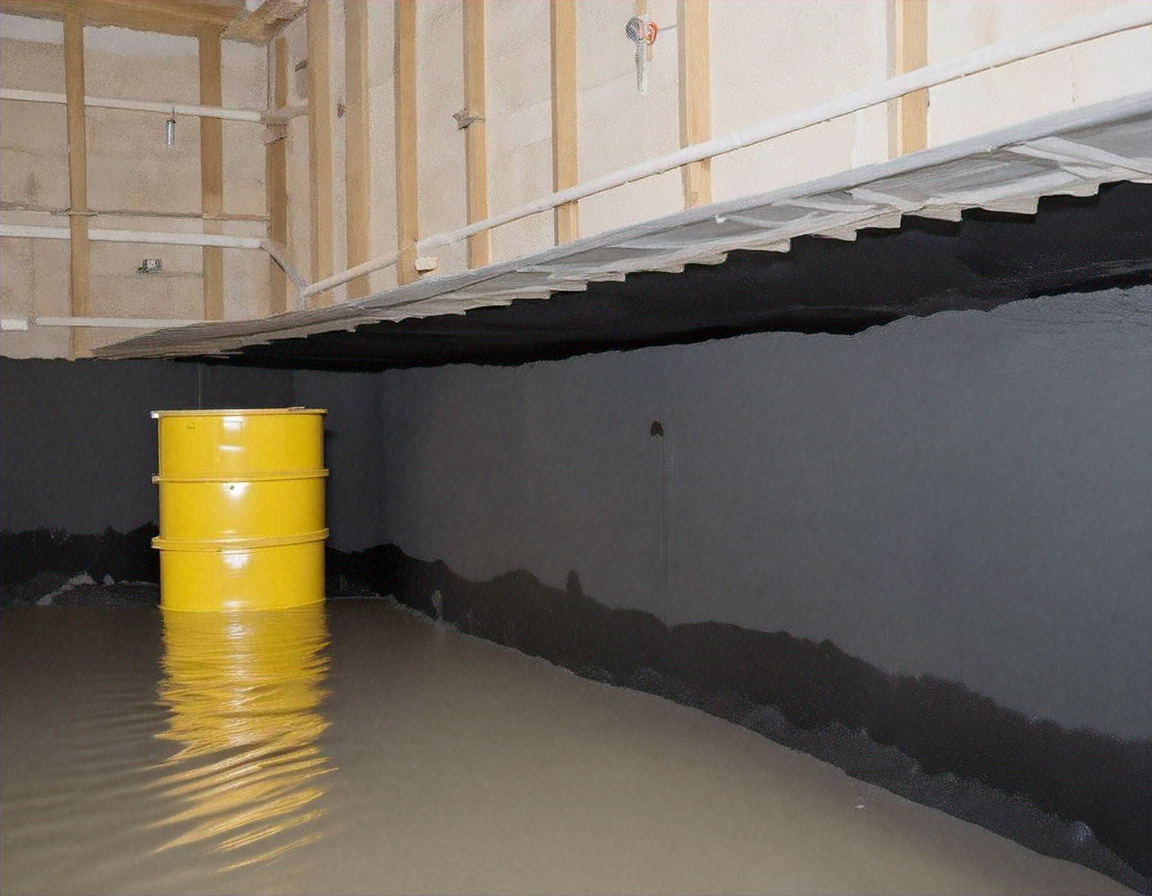Basement Waterproofing: Protecting Your Home from Water Damage
A damp or wet basement is more than an inconvenience — it’s a risk to your house’s structure, indoor air quality, and long-term value. Basement waterproofing involves a mix of preventative maintenance, targeted repairs, and system upgrades that keep water away from your foundation and living spaces. Understanding common causes, practical solutions, and when to call local services helps homeowners make informed decisions and protect their investment.

How does water enter the basement and affect your house?
Water finds the weakest route into a house, often exploiting cracks, poor grading, or overloaded gutters. Surface runoff from heavy rain, high groundwater levels, and plumbing leaks can all lead to basement seepage. Once water reaches foundation walls or floors it can cause efflorescence, peeling paint, mold growth, and even structural movement if left unchecked. Identifying the source — exterior versus interior, surface versus groundwater — is the first step to an effective waterproofing strategy that preserves both the foundation and indoor environment.
What basement waterproofing methods are most effective?
Effective basement waterproofing typically mixes exterior and interior solutions. Exterior approaches include grading soil away from the foundation, installing or repairing gutters and downspouts, applying exterior sealants, and placing exterior drains or French drains to redirect water. Interior solutions address water that has already entered: interior perimeter drains, sump pumps, and crack injections with epoxy or polyurethane. Vapor barriers, interior wall coatings, and proper HVAC/humidity control address moisture and condensation. The best solution depends on the source of water and whether you want to prevent entry or manage water once it reaches the basement.
When should you inspect your foundation for waterproofing needs?
Inspect your foundation and basement at least twice a year — after spring thaw and after the rainy season — and anytime you notice stains, new cracks, musty smells, or rising humidity. Look for hairline cracks, bowing walls, efflorescence (white mineral residue), water stains, or pooling on the floor. Also check exterior grading, gutter performance, and window wells. Early detection can prevent small issues from becoming costly repairs. If inspections reveal recurring leaks or structural concern, consult a qualified professional who can assess foundation movement and recommend targeted repairs.
How does foundation repair relate to basement waterproofing?
Foundation integrity and waterproofing are closely linked. Small foundation cracks can be sealed without major repair, but significant settlement, vertical displacement, or bulging walls require structural stabilization in addition to waterproofing. Waterproofing systems like exterior membranes and drain systems protect repairs from future water exposure, while interior drains and sump pumps manage groundwater without disturbing exterior landscaping. For compromised foundations, a combined approach — addressing structural problems first, then installing a durable waterproofing system — typically yields the best long-term results.
How to choose local services for basement waterproofing and ongoing water control?
When selecting local services in your area, look for licensed contractors with specific experience in basement waterproofing and foundation work. Ask for references, before-and-after photos, and written warranties that cover both labor and materials. Verify insurance and check reviews or local trade associations. Obtain multiple inspections and compare proposed solutions — not just price — focusing on whether recommendations address the root cause (grading, drainage, structural issues) or merely provide temporary fixes. For long-term protection, ensure proposals include clear maintenance guidelines, such as sump pump testing, gutter cleaning, and periodic inspections.
Basement waterproofing is often a combination of immediate repairs and ongoing maintenance. Start with simple preventive steps: keep soil graded away from the foundation, extend downspouts at least several feet from the house, keep window wells clear, and maintain reliable drainage around your property. Consider installing a battery-backed sump pump if your area experiences power outages during storms. For historic homes or complex foundation issues, prioritize an experienced contractor who can provide a comprehensive plan tailored to your property’s soil type, groundwater conditions, and structural needs.
A well-planned waterproofing strategy protects your house’s foundation, improves indoor air quality, and reduces costly repairs over time. Regular inspections, prompt attention to new leaks or cracks, and wisely chosen local services create a multi-layered defense against water intrusion. By combining good exterior drainage, targeted interior systems, and proper maintenance, homeowners can keep basements dry and functional for years to come.






